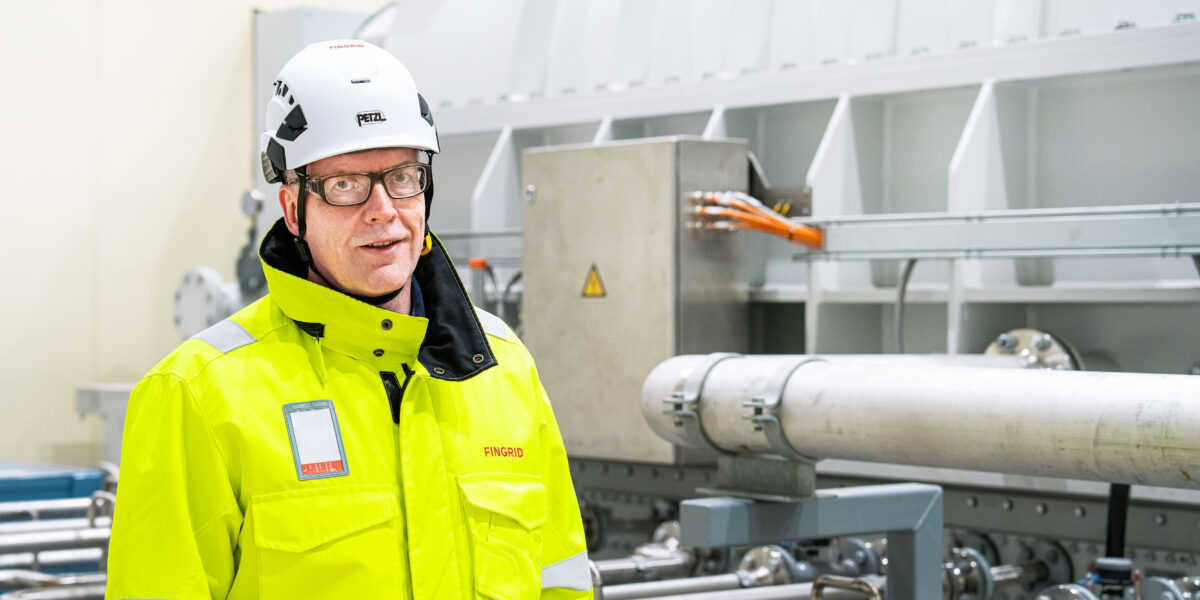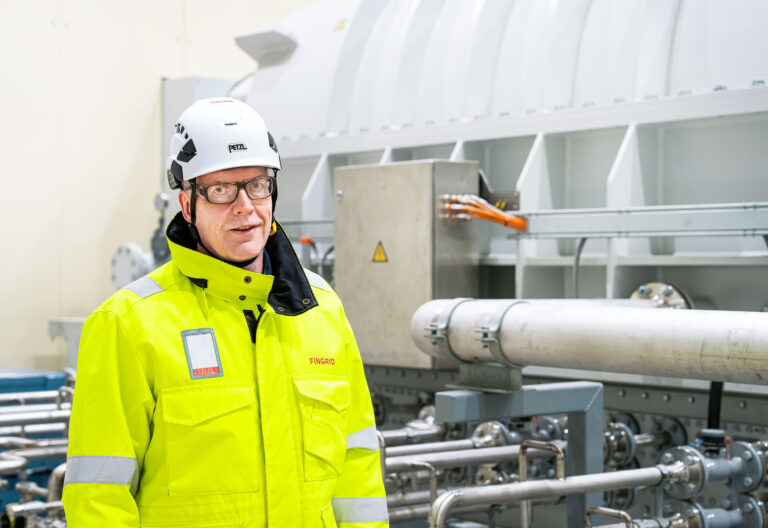The normal implementation period for a substation project is 2–3 years. However, before that, preliminary planning work will be carried out to define the location of the new station, carry out nature surveys and acquire the necessary land for Fingrid.
There are currently 80 substation projects underway.
This year Fingrid has around 80 substation projects underway. 22 of these projects will be completed this year: some will be completely new substations, and some will be extensions to existing ones.
”The green transition is a really big change, as wind and solar power production volumes have increased significantly over the last 10–15 years,” says Juha Pikkupeura, Senior Project Manager from Fingrid.
He has led the Jylkkä synchronous compensator project since the beginning of 2022, when the project was in its development phase. The Jylkkä synchronous compensator project has already consumed more than 110,000 working hours, or 60 person-years.
The EU has granted Next Generation funding for the Jylkkä project.
Wind power is frequency-controlled production. As the amount of frequency-controlled production increases, the short-circuit ratio of the grid decreases and the management of the grid becomes more difficult in case of changes.
A significant amount of wind power production is connected to the grid via the Jylkkä substation, so a synchronous compensator plant was needed.
”The synchronous compensator keeps the grid up, so to speak, and it also provides short-circuit power,” Pikkupeura explains.
Over the next years, 20–25 substation projects will be completed every year.
During site visits, the project manager attends site meetings to discuss technical challenges or quality issues that have arisen during implementation. Updates to the plans are made as necessary to keep the project moving smoothly.
The project manager is also responsible for the tasks of the safety coordinator. Once a month, a site safety review is carried out during a site visit, and the project manager may be involved in, for example, the MVR measurement, a method for assessing the safety level of civil engineering works.
”This ensures that safety issues are properly managed and that the worksite is safe for everyone.”







